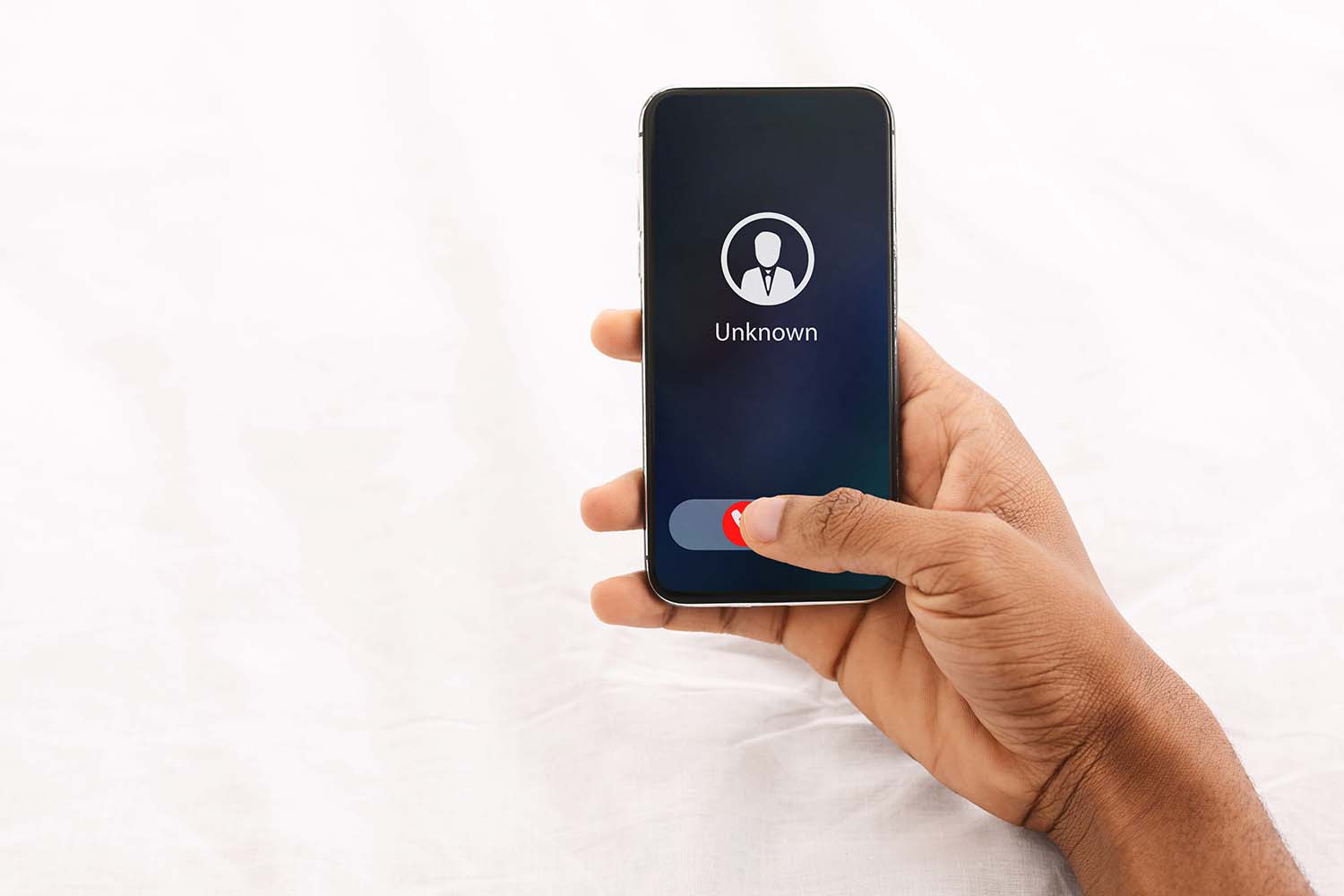
We’re all in the business of helping people protect their health and wellbeing, and/or their property. Getting information to our customers as quickly as possible is crucial to the effectiveness of our systems and procedures. But the fact of the matter is people aren’t answering their phones. This leads to an unnecessary amount of false alarm dispatches that costs everybody from the city all the way down to the customer money. Here’s why your customers aren’t answering their phones anymore and the solution to this broken system.
One of the main reasons people don’t answer their phones is scammers. According to Hiya, and industry leader in spam call protection, spam calls grew by 25.3 billion calls, or 128% in 2019 compared to the previous year. Now think how often you receive spam phone calls. Pretty annoying isn’t it! Data shows (which we’ll get to in a moment) the majority of people assume that any phone call that’s not one of their saved contacts, is a scammer.
Depending on where you look, the numbers vary somewhat on phone call answer rates, but one thing remains common: people aren’t answering their phones.
According to Hiya’s bi-annual State of the Phone Call report, on average, less than 50% of all calls someone receives are answered in a month. And only a measly 26% of unidentified calls (number without a contact saved) are answered.
According to the Pew Research Center, 67% of Americans say the general practice is to not answer the phone when an incoming call is from an unknown number, but to check a voicemail if one is left.
A ZipWhip survey conducted on 520 consumers found that 96% of respondents find phone calls to be disruptive. Let that sink in — the vast majority of people find phone calls to be disruptive. Why is that?
People are busy. And now that the lines have blurred between home and work life more than ever, many people feel they are never really off-the-clock. There are millions of people that are the financial provider for their household as well as cook, teacher and even Uber driver (it can feel that way sometimes). It’s easier to communicate when we can respond on our own time. With how busy everyone feels, people simply don’t have the time to stop what they are doing and answer a phone call, nor do they want to (more on that later).
Think how often you’re in a meeting and your phone starts to ring. What do you do? If your ringer is on, you probably say sorry for disrupting the meeting and silence the phone call without even looking to see who it is. If it’s on vibrate, you might glance at the screen and determine immediately you’ll call the person back after the meeting. But if that communication comes via text, the game script completely changes. Think how quickly (or sometimes sneakily) you can, or are willing to respond to a text during a meeting; or while you’re making or even eating dinner. Here are some other examples how texting has changed the way we communicate, not just with one another, but with businesses.
Even the way we communicate with businesses has changed forever. Think about going to a restaurant downtown. Just a few years ago you had to go to the restaurant (if they didn’t take reservations) and sit in a waiting room for sometimes hours for a table. Today, you can join a waiting list online from wherever you are and come to the restaurant when your table is ready, which you’re usually notified via text. Or think about going to the doctor now. Prior to 2016 you had to go to the doctor’s office and fill out paperwork upon arrival before you were seen. Now, your doctor’s office can text links to those documents for you to fill out online before you get there, making your doctor’s visits quicker and more efficient. What do these two anecdotes have in common? Text messages.
Texting is simply a faster and preferred way of communication for people. According to MobileSquared, 90% of people read text messages within the first three minutes of receiving one. And according to Gartner, open rates of text messages are 98%. If you compare that to a phone call where (as we mentioned above) 67% of people said they don’t answer their phones or, even more drastic, email, which only has about a 20% – 30% open rate, it paints a clear picture that texting is the well preferred method of communication for people.
In 2020, 48.7 million customers opted into business messages and that trend is only moving upwards. Your customers are looking for the smartest and fastest way to receive alerts and notifications from their security providers. AG Chat is the best way to futureproof your business. It has proven to reduce false alarms by as much as 38% and drastically speeds up response times to alarm signals.
The proof is in the data — customers are done answering their phones, so we need to start listening to our customers by providing them with the best way to communicate with our businesses. AG Chat is that solution.
Take advantage of our robust library of industry and AG related news, articles, webinars and other resources available through our resource center to enhance your success. You will also discover valuable insights and content you can share with your subscribers through your website, newsletters, and emails.
Receive more useful content like this by signing up for our weekly AG Newsletter below:
AvantGuard Monitoring Centers, LLC. | P.O. Box 15022 | Ogden, UT 84415 | Office: (877) 206-9141 | Fax: (801) 781-6133